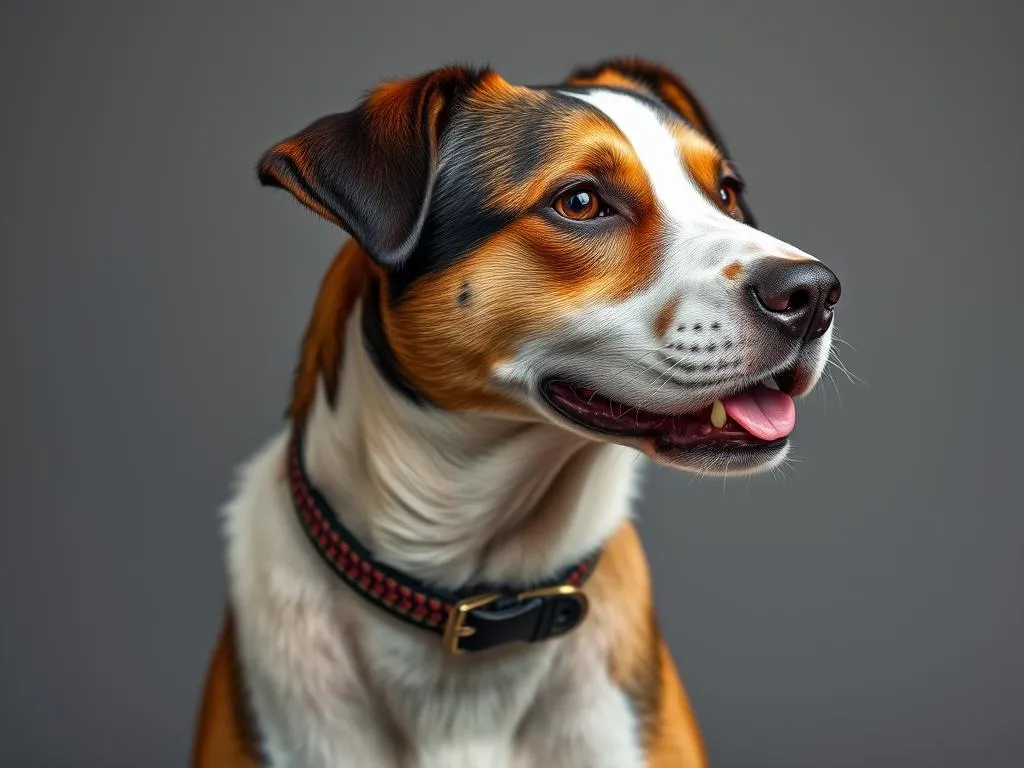
I. Introduction
Athletic dog breeds are those breeds that exhibit high levels of energy, endurance, and physical capabilities. These dogs are not just pets; they thrive on activity and require regular exercise to maintain their physical and mental well-being. The importance of fitness in a dog’s life cannot be overstated, as it helps prevent obesity, behavioral issues, and promotes overall health.
The purpose of this article is to educate readers about various athletic dog breeds, their unique characteristics, and the best practices for their care and training. We will explore the physical traits, temperament, exercise requirements, and popular breeds known for their athleticism. Additionally, we will dive into effective training techniques, nutritional needs, and health considerations that every owner should keep in mind.
In the following sections, we will cover the characteristics that define athletic dog breeds, a detailed look at popular breeds, training and care advice, health considerations, and much more.
II. Characteristics of Athletic Dog Breeds
Physical Traits
One of the defining features of athletic dog breeds is their physical structure. Typically, these dogs possess a muscular build and a robust endurance capacity. They often have strong limbs, a well-defined physique, and an overall agile appearance. Many athletic breeds also have coat types that are suited for outdoor activities, requiring regular grooming to keep them in good condition.
Temperament
The temperament of athletic dog breeds is often characterized by high energy levels, intelligence, and an eagerness to work. These dogs tend to be social, friendly, and highly trainable, making them excellent companions for active individuals or families. Their playful nature and need for mental stimulation mean that they thrive in environments that offer plenty of opportunities for exercise and interaction.
Exercise Requirements
Daily exercise is crucial for athletic dog breeds. Most of these dogs require at least 1 to 2 hours of vigorous activity each day. Activities can range from running, agility training, and hiking to playing fetch and participating in dog sports. Failing to meet their exercise needs can lead to boredom and behavioral issues, making it essential for owners to engage their dogs in regular physical activities.
III. Popular Athletic Dog Breeds
Herding Breeds
Australian Shepherd
The Australian Shepherd is known for its intelligence and energy. This breed is highly trainable and thrives in environments where it can herd or engage in agility training. They require regular exercise, such as long walks, hikes, and playtime, making them perfect for active families.
Border Collie
Considered one of the most intelligent dog breeds, the Border Collie excels in agility and obedience competitions. Their high energy levels demand plenty of daily exercise, including running and mental challenges. Training should focus on positive reinforcement to harness their intelligence effectively.
Sporting Breeds
Labrador Retriever
The Labrador Retriever is a versatile and family-friendly breed. They are known for their playful nature and adaptability. Ideal activities for Labradors include swimming, running, and participating in dog sports such as dock diving and agility. Their friendly demeanor makes them great companions for outdoor adventures.
Golden Retriever
Golden Retrievers are known for their gentle temperament and love for physical activity. They enjoy participating in family activities, such as hiking, swimming, and playing fetch. This breed is also highly trainable and excels in obedience training, making them a fantastic choice for active families.
Working Breeds
Siberian Husky
The Siberian Husky is a breed with a rich history in sledding and outdoor work. They have high energy levels and require ample exercise, such as running and pulling sleds. Huskies thrive in cooler climates and need a secure environment to prevent them from roaming.
Rottweiler
Rottweilers are strong and confident dogs with protective instincts. They need regular exercise to channel their energy positively. Training and socialization are crucial for Rottweilers, as they can be assertive if not properly managed. Activities such as obedience training and agility can help keep them stimulated.
Terrier Breeds
Jack Russell Terrier
Known for their high energy and cleverness, Jack Russell Terriers are small but mighty. They require ample exercise and enjoy activities such as agility training, chasing balls, and playing fetch. Their intelligence means they thrive on mental challenges as well.
Airedale Terrier
The Airedale Terrier, the largest of the terrier breeds, possesses remarkable endurance and versatility. They can participate in various activities, including tracking, agility, and obedience. Regular exercise and mental stimulation are essential for keeping them happy and healthy.
Hound Breeds
Beagle
Beagles are curious and energetic dogs that excel in tracking and scent work. They require regular exercise to keep them engaged and prevent boredom. Activities like hiking, playing in the yard, or participating in scent games can keep a Beagle stimulated and happy.
Weimaraner
Weimaraners are known for their energy and social nature. They need substantial daily exercise, including running and engaging in dog sports. Their friendly demeanor makes them great companions for active individuals or families who enjoy outdoor activities.
IV. Training and Care for Athletic Dog Breeds
Training Techniques
Training is crucial for athletic dog breeds to ensure they are well-behaved and mentally stimulated. Early socialization and obedience training are essential components of their upbringing. Positive reinforcement methods, such as treats and praise, are effective in encouraging desired behaviors. Clicker training can also be beneficial for teaching commands and tricks.
Exercise Routines
An effective exercise routine for athletic dog breeds should include a variety of activities. Daily exercise recommendations typically range from 1 to 2 hours, depending on the breed’s energy level. Activities can include:
- Running or jogging
- Agility training
- Fetch and frisbee games
- Swimming
- Hiking
Mixing up activities helps keep your dog engaged and prevents boredom.
Nutrition
Proper nutrition is vital for the health and performance of athletic dog breeds. Their diets should be rich in high-quality protein to support muscle development and energy levels. Most active dogs benefit from a balanced diet that includes:
- High-quality dog food with real meat as the first ingredient
- Healthy fats for energy
- Fruits and vegetables for vitamins and minerals
Feeding schedules should adhere to the specific needs of the breed, typically involving two meals a day, with adjustments made based on activity levels.
V. Health Considerations for Athletic Dog Breeds
Common Health Issues
While many athletic dog breeds are generally healthy, they can be prone to certain health issues. Common breed-specific health concerns include hip dysplasia, heart conditions, and obesity. Regular vet check-ups and awareness of breed-specific issues can help in early detection and management.
Preventive Care
Preventive care is essential for maintaining the health of athletic breeds. Regular vet visits for vaccinations, parasite control, and dental care should be prioritized. Keeping up with preventive care can help ensure a long and healthy life for your dog.
Signs of Overexertion
Athletic dogs are known for their high energy levels, but it’s crucial to recognize the signs of overexertion. Symptoms may include:
- Excessive panting
- Lethargy or reluctance to continue exercising
- Signs of discomfort or pain
Monitoring your dog’s behavior during and after exercise can help prevent injuries and ensure they remain healthy and happy.
VI. Conclusion
In summary, athletic dog breeds are characterized by their energy, intelligence, and physical capabilities. Proper training, care, and exercise are essential to keep these dogs healthy and happy. Understanding the specific needs of each breed will help potential dog owners make informed decisions based on their lifestyle.
As you consider adding an athletic breed to your family, it’s important to reflect on your activity levels and commitment to providing the necessary exercise and training. Engaging with local dog sports and communities can also enhance your experience as a dog owner, fostering a healthy and active lifestyle for both you and your furry companion.






